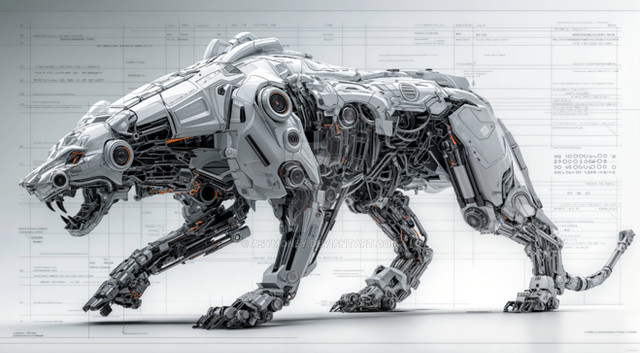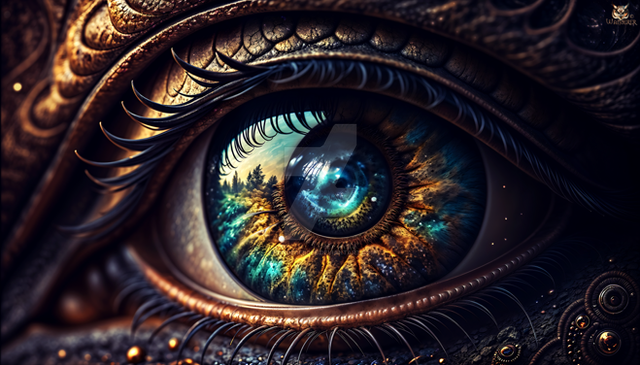HOME | DD
 Ramul — REP: The Seahogs
Ramul — REP: The Seahogs

#aliens #exobiology #xenobiology
Published: 2016-11-23 07:39:17 +0000 UTC; Views: 10190; Favourites: 202; Downloads: 49
Redirect to original
Description
The seahogs are marine, ground-dwelling worms that are primarily saprophages. Fat-bodied, with a length up to 40 cm and a weight of several kilograms, the seahogs might look like an easy meal, but almost all of them are noxious to toxic, warning their would-be predators with bright colouration, while the species living in deep waters or buried warn with a foul smell. Their toxins can be released into the water through glands on their backs. Most species feed on sediment, a few exceptions are filterfeeders or devour sessile organisms. Seahogs have no jaws and have to swallow their food whole. To mate, they aggregate at certain times of the year and release their gametes into the water. The transparent larvae are only mildly toxic and are capable of swimming.Feathertongued hogworm: A filterfeeding species where the sensory tentacles of the upper lip developed into filtering organs. Feathertongued hogworms are usually buried in the sediment with only their tentacles sticking out, with each of them regularly being retracted into the mouth to be licked clean. They can be found anywhere, as long as there is enough water current that transports enough food particles, which doesn't have to be much due to the feathertongues having a slow metabolism.
Small sticklehog: Additionally to being poisonous, sticklehogs are also covered in small silicate spines, with especially large spines next to the gland openings. The spines are porose and easily break off, causing nasty infections. Sticklehogs are generally small species that live in shallow water.
Sweeping combcarrier: Additionally to the internal gills that are connected to the intestine, the combcarriers possess outgrowths close to their glands which work as external gills. Combcarriers inhabit waters with lower oxygen concentrations, being particularly diverse in the tropics and sometimes living close to anoxic zones, where they can feed on washed-out remains of the sulphozoans.
Hogworm: THe hogworms are elongated and either live in the sediment or in rocky areas, where they crawl between the rock crevices in search for food. Some of them are active predators or rasp sessile organisms off hard substrates; for this, they evolved an evertible gullet that is covered with small teeth. Due to their more crypti lifestyle, hogworms are among the least-toxic seahogs, often lacking the aposematic colouration and going for camouflage instead.
Related content
Comments: 19

👍: 0 ⏩: 1

👍: 0 ⏩: 1

👍: 0 ⏩: 1

👍: 0 ⏩: 0

Noxious substances, huh? Cool. Not only is that creature cool in design, but it also has a cool defense move (just like stinkbugs). By the way, I can relate to this because I came up with something like this (in my head) too (I haven't drawn it yet). Except this one is a slug-like creature (without the same eyes as the live slugs and snails) that lives on a planet that is abundant with creatures loosely based on Kawaii animals, but detailed compared to these characters you see here. (and sometimes food with faces, of course), in fact, it is shaped like a dollop of whipped cream and comes in different colors such as pink. But when they are threatened or in danger of being eaten by predators, they'll turn brown and secrete a foul smelling mucus to drive them off (as well as protect their own offspring from predators).
👍: 0 ⏩: 1

So, they basically turn into a poop emoji?
👍: 0 ⏩: 1

I love that you include smaller filter feeders and all sorts of things that aren't "charismatic megafauna" in your world.
These are well drawn, well coulored, and more importantly make sense in the setting.
I would like to ask if your world has a cladogram thoughx
In other words, thank yo
👍: 1 ⏩: 1

Considering courses about the existing animal phyla were an important part of my studies, I'm probably just more aware of the smaller filter feeders that exist, as well as how important and diverse those are.
👍: 0 ⏩: 0

Fantastic! i love the color! I have a whole lot of catching up to do with red earth!
👍: 0 ⏩: 1

Not that much, as that's the first new entries since Pneumarch.
👍: 0 ⏩: 1

still, these might be my favourites so far 
👍: 0 ⏩: 1

Well, the sea hogs pretty much are alien sea cucumbers.
👍: 0 ⏩: 1

nothing wrong with that, probably some of the coolest organisms that roam the oceans of our planet.
👍: 0 ⏩: 1

Hard to say with the crazy diversity that's in the oceans. I personally prefer arrow worms and cephalopods.
👍: 0 ⏩: 1

their defense mechanism is totally bonkers though but I agree it's hard to make the call really.
👍: 0 ⏩: 1

Of course, it it comes to insane defense mechanisms (or the fact fish hide in their butts), sea cucumbers take the cake.
👍: 0 ⏩: 1

yeah, completely forgot about the butt eels XD
👍: 0 ⏩: 0

























